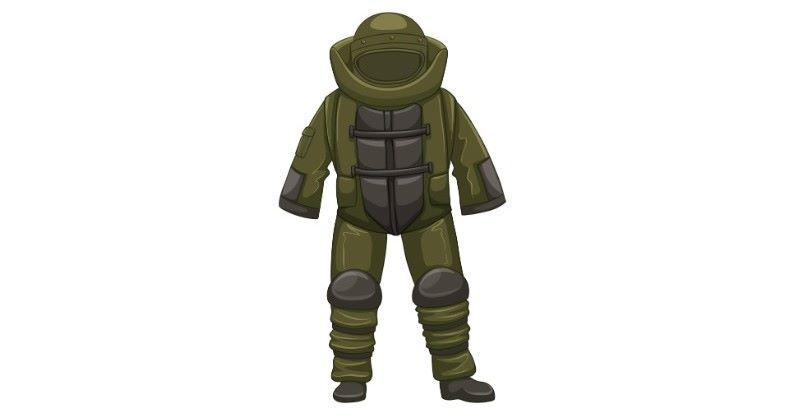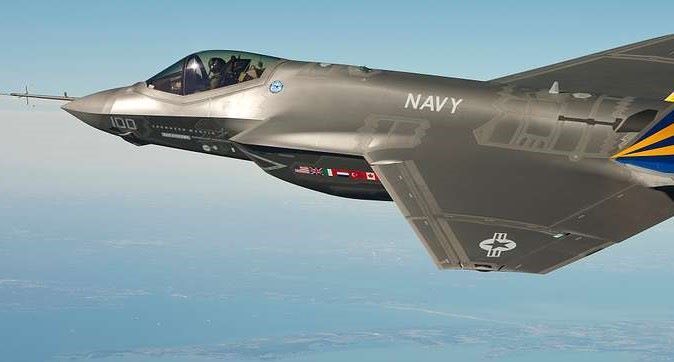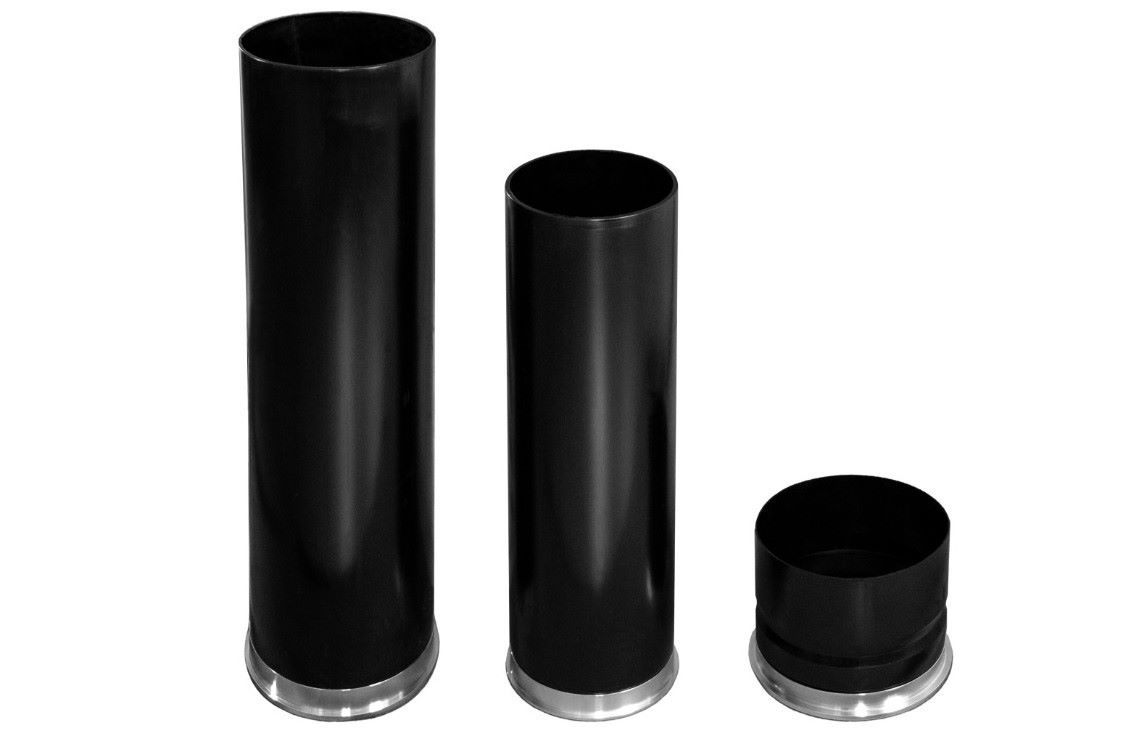Nanostructured Polymers on the Modern Battlefield
How polymers enhanced with nanomaterials are transforming warfare.

Nanotechnology is reshaping the future of warfare. By manipulating materials at the atomic and molecular scale, scientists and engineers are unlocking entirely new classes of lightweight, ultra-durable, and multifunctional materials.
For the defense industry, this translates to game-changing advances such as;
· Enhancing the structural integrity of polymer shell casings
· Developing anti-static or electromagnetic shielding for electronics
· Creating next-generation smart composites
· Stronger, lighter body armour
· Stealth-enhancing coatings
· Self-healing weapon systems
Ultimately, nanostructured materials are enabling polymers to perform beyond conventional limits, offering improved ballistic resistance, chemical shielding, thermal stability, and adaptive properties—all critical to surviving modern battlefield conditions. But where will these enhanced polymers be most advantageously applied?
Nanotech-Enhanced Polymers for Lower Weight and Increased Strength
One of the most transformative breakthroughs lies in the use of nanomaterials, such as carbon nanotubes (CNTs) and graphene, as a polymer ingredient to reduce weight.
As these nano-structures are renowned for their extraordinary strength-to-weight ratio, they can reinforce polymer matrices to create composite materials that are significantly lighter but also stronger. This is especially crucial in military applications, where reducing the weight of ballistic armour, helmets, and structural components can enhance mobility and reduce fatigue without compromising protection.

Nanotech-Enhanced Polymers for Improved Performance in Extreme Environments
Beyond mechanical strength, nanotechnology also enhances a polymer’s resistance to extreme thermal and chemical conditions. By engineering nanoscale barriers or incorporating ceramic nanoparticles, polymers can be made to withstand high temperatures, radiation, corrosive chemicals, and biological agents. This is particularly valuable for components exposed to combat environments, such as weapon housings, protective gear, and vehicle casings, which must maintain integrity under extreme duress.
Nanotechnology for Self-Healing Polymers
Another frontier of innovation is the development of self-healing polymers. These advanced materials incorporate nanocapsules filled with reactive agents. When the polymer is damaged—by cracking, impact, puncture, or abrasion—these capsules rupture and release healing compounds that react with the surrounding material, sealing the breach. This dramatically increases the lifespan and reliability of critical components, reducing maintenance costs and enhancing operational readiness in the field.
Nanomaterials Applied in Military Hardware
Nanotechnology is reshaping the design and function of military equipment, delivering smarter, more resilient systems across every battlefield domain. Nowhere is this more evident than in next-generation body armour. Through the integration of nanomaterials, such as shear-thickening fluids and carbon nanofibres, researchers are developing armour that remains flexible during normal use but instantly hardens upon impact. Projects such as the U.S. Institute for Soldier Nanotechnologies’ ‘dynamic armour’ demonstrate this concept in action—offering lightweight, form-fitting protection that reacts to threats in real time, reducing bulk without compromising ballistic resistance.

Stealth and concealment have also entered a new era. Nanotechnology enables the creation of adaptive camouflage materials that respond to environmental stimuli. These smart textiles can change colour, texture, or thermal signature depending on surroundings, effectively hiding personnel or vehicles from both visible and infrared detection systems.
While this technology is only at a laboratory testing stage, the use of nanoscale photonic crystals or thermochromic nanoparticles could open the doors to active camouflage.
Even within weapon systems, nanostructured polymers are having a profound impact. Lightweight polymer composites reinforced with nanoparticles offer increased durability, resistance to corrosion, and improved heat dissipation. These materials are being used in components such as combat clothing, weapon grips, ammunition clips, belts, helmets, and housings—critical areas where reduced weight and enhanced mechanical properties improve overall performance and reliability. By embedding nanomaterials at the structural level, weapons can be made tougher, lighter, and more resilient to battlefield stresses.
Pioneering Nanotech Integration in Ammunition
A further key area at the forefront of integrating nanotechnology into the next generation of military applications is ammunition, as the latest R&D has created advanced nanostructured polymer shell casings that outperform conventional materials in strength, thermal regulation, and environmental durability.

Polymer cartridge casings for small and medium-calibre rounds can now be enhanced with nano-fillers to deliver measurable improvements in heat resistance, pressure tolerance, and ballistic consistency, all while reducing overall system weight—critical for airborne and mobile units. Nanotechnology applied in this way also offers anti-static nanocoatings to reduce chamber fouling and improve cycling reliability in high-rate-of-fire scenarios.
Related articles: Nanofibres Boost Carbon Composites’ Strength and Value and 5 Polymers that Will Change the World
As the demands of modern warfare continue to evolve, the materials that support frontline defense must advance with them. Nanotechnology is no longer a speculative science—it is a practical enabler of next-generation performance in military equipment. For polymer manufacturers, this means unlocking unprecedented strength, adaptability, and resilience at a molecular level.
From futuristic stealth-coatings to lighter, stronger polymer shell casings, nanotechnology is not only improving the functionality of military hardware, it is creating a safer, cheaper, and more effective environment for those who use it.
From the lab bench to the battlefield, nanotech-enhanced polymers are no longer the future—they are the new standard.
Photo credit: Freepik, AG DEFENSE POLYMERS, brgfx on Freepik, & Picryl

